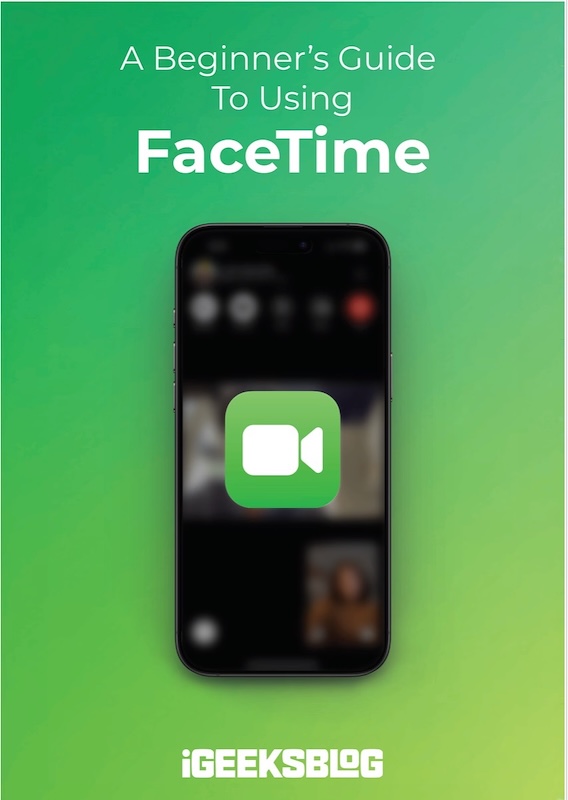
FaceTime Like a Pro
Get our exclusive Ultimate FaceTime Guide 📚 — absolutely FREE when you sign up for our newsletter below.

FaceTime Like a Pro
Get our exclusive Ultimate FaceTime Guide 📚 — absolutely FREE when you sign up for our newsletter below.
Free up space and relive memories—learn smart ways to transfer your iPhone photos and videos to your Mac or PC in just a few clicks!
If your iPhone is running out of space, it’s time to transfer those precious photos and videos to your Mac or Windows PC! This lets you manage your media efficiently, create secure backups, and allow advanced editing on larger screens. This guide explains the latest methods for easily transferring photos and videos from iPhone to computer.
Before you start, gather these essentials:
Here’s a comparison of transfer methods to help you choose the best one:
| Method | Speed | Ease of Use | Supported File Formats | Best For |
| Photos App (Mac) | Medium (USB) | Very Easy | JPEG, HEIC, MP4, MOV | Beginners and organized imports |
| Image Capture (Mac) | Medium (USB) | Moderate | JPEG, HEIC, MP4, MOV | Specific file selection |
| AirDrop (Mac) | Fast (Wi-Fi) | Easy | JPEG, HEIC, MP4, MOV | Wireless transfers |
| iCloud | Varies (Wi-Fi) | Easy | JPEG, HEIC, MP4, MOV | Automatic syncing |
| Third-Party Apps | Varies | Moderate | Varies by app | Advanced users |
| Apple Devices (Win) | Medium (USB) | Easy | JPEG, HEIC, MP4, MOV | Seamless Apple ecosystem integration |
| Windows Photos App | Medium (USB) | Very Easy | JPEG, HEIC, MP4, MOV | Beginners |
| File Explorer (Win) | Medium (USB) | Moderate | JPEG, HEIC, MP4, MOV | Manual control and bulk transfers |
Here are the main methods to get iPhone photos and videos to your Mac:
The Photos app is pre-installed on macOS and syncs seamlessly with your iPhone.
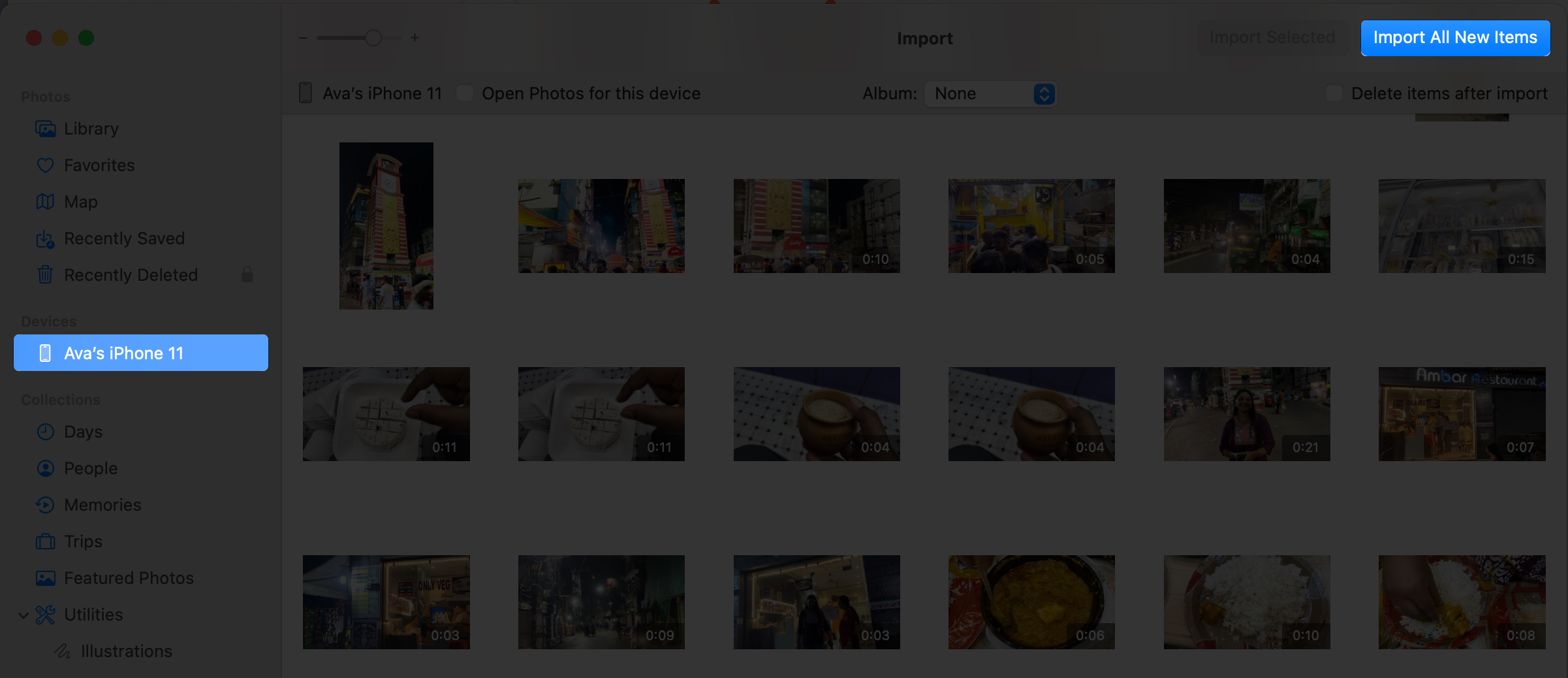
Great for automatic organizing, but you can’t choose the file save path.
Image Capture lets you select specific files and choose where to save them.
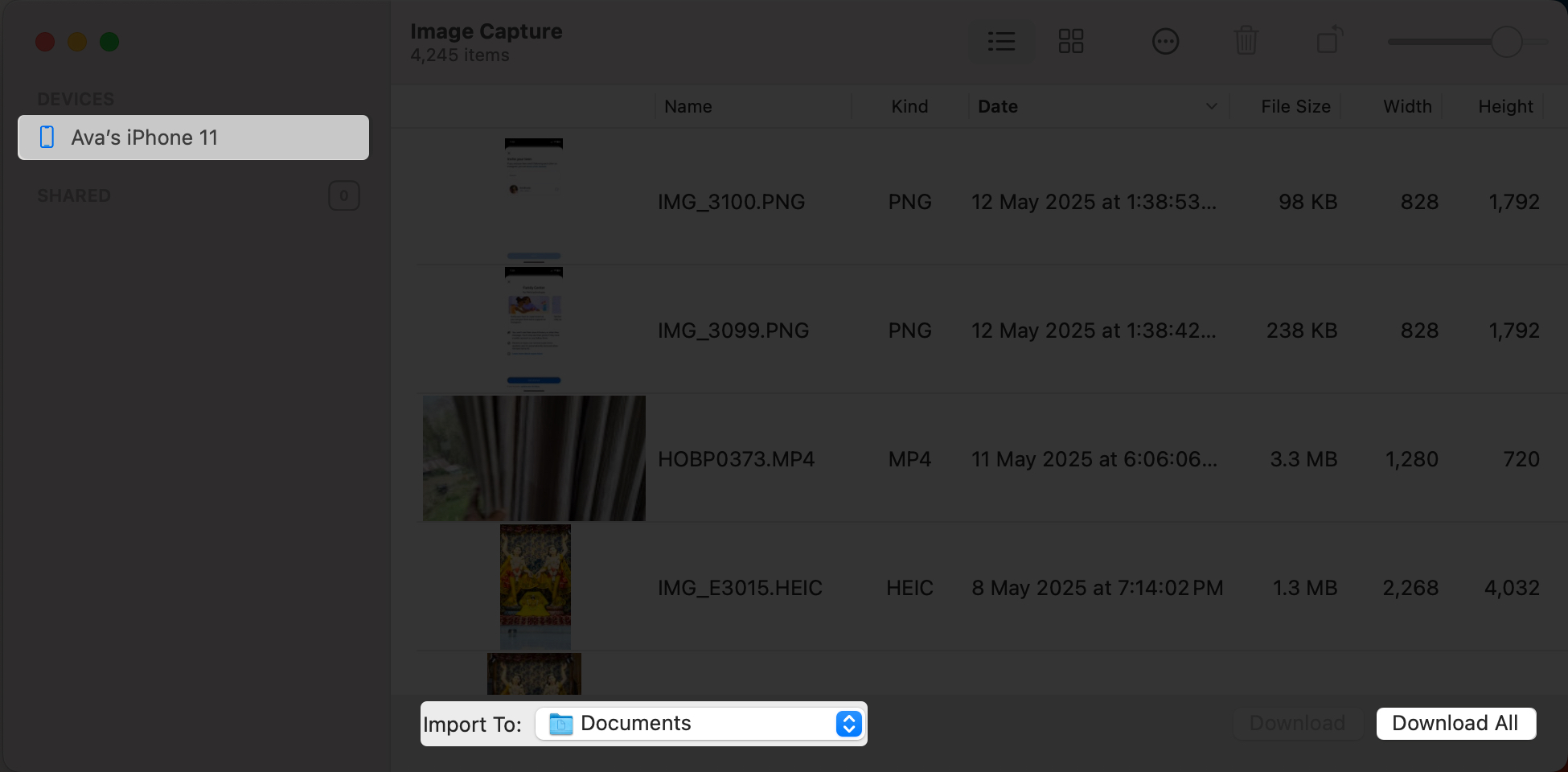
I prefer this method of saving files in my organized albums, though it feels less intuitive than the Photos app.
This is one of the easiest ways to transfer photos from your iPhone to your Mac without the hassle of plugging in a USB cable. Let’s examine how to use Airdrop on your iPhone.
First, ensure that you have toggled on Bluetooth and Wi-Fi on your iPhone and Mac.
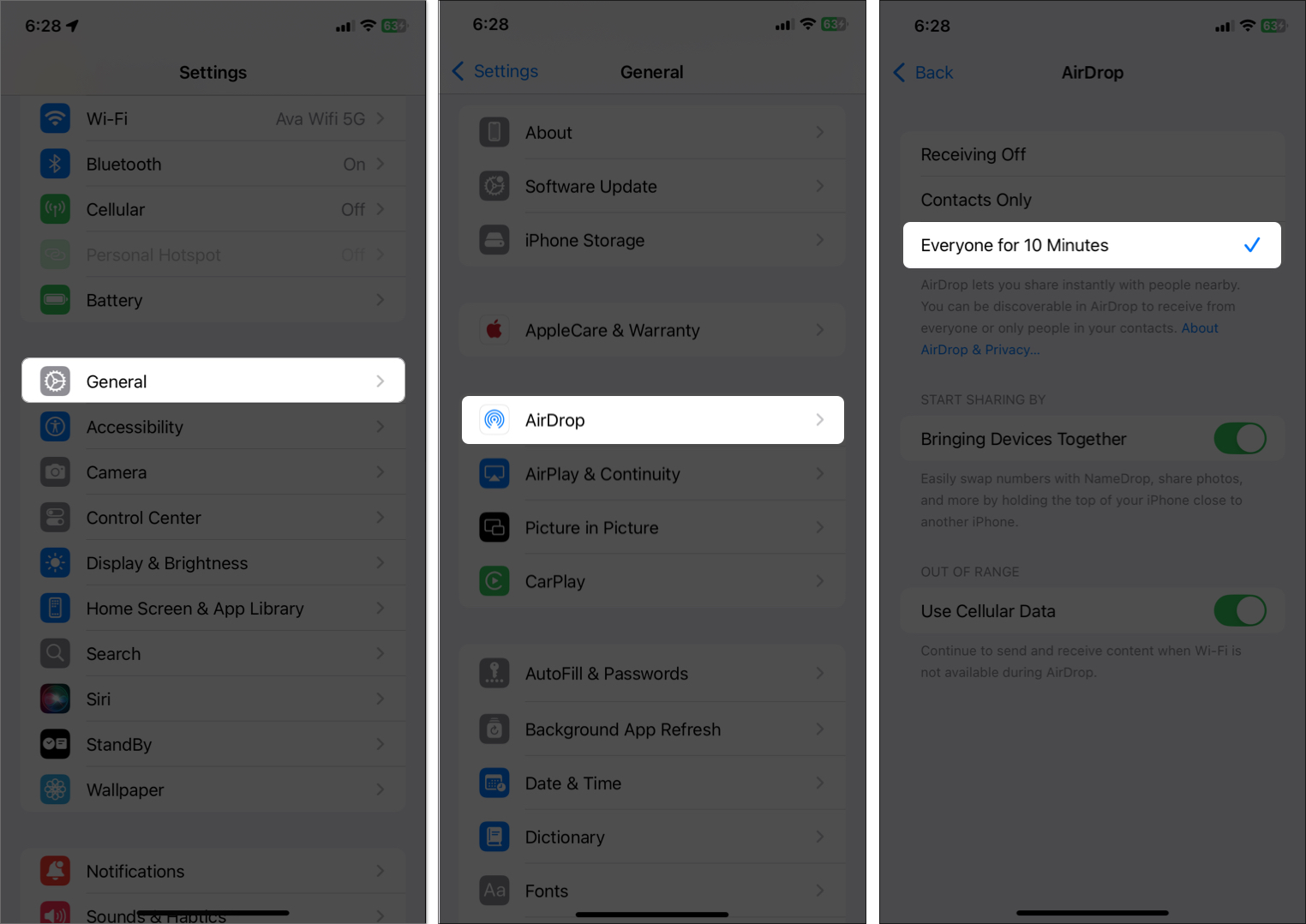
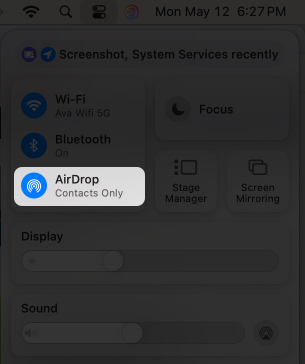
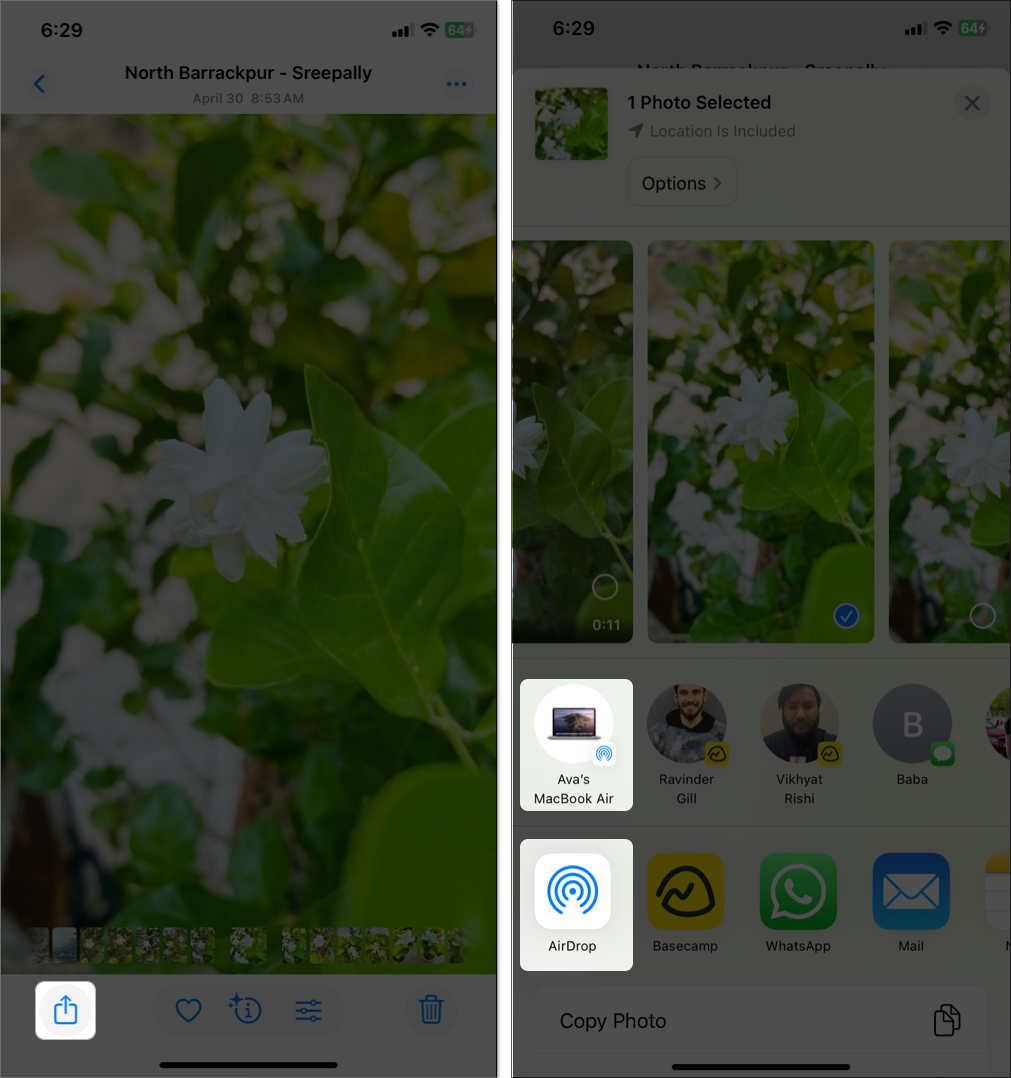
Perfect for quick, wireless transfers—but both devices must be nearby.
iCloud syncs photos across devices, while services like Google Photos or Dropbox offer alternatives.
For iCloud:
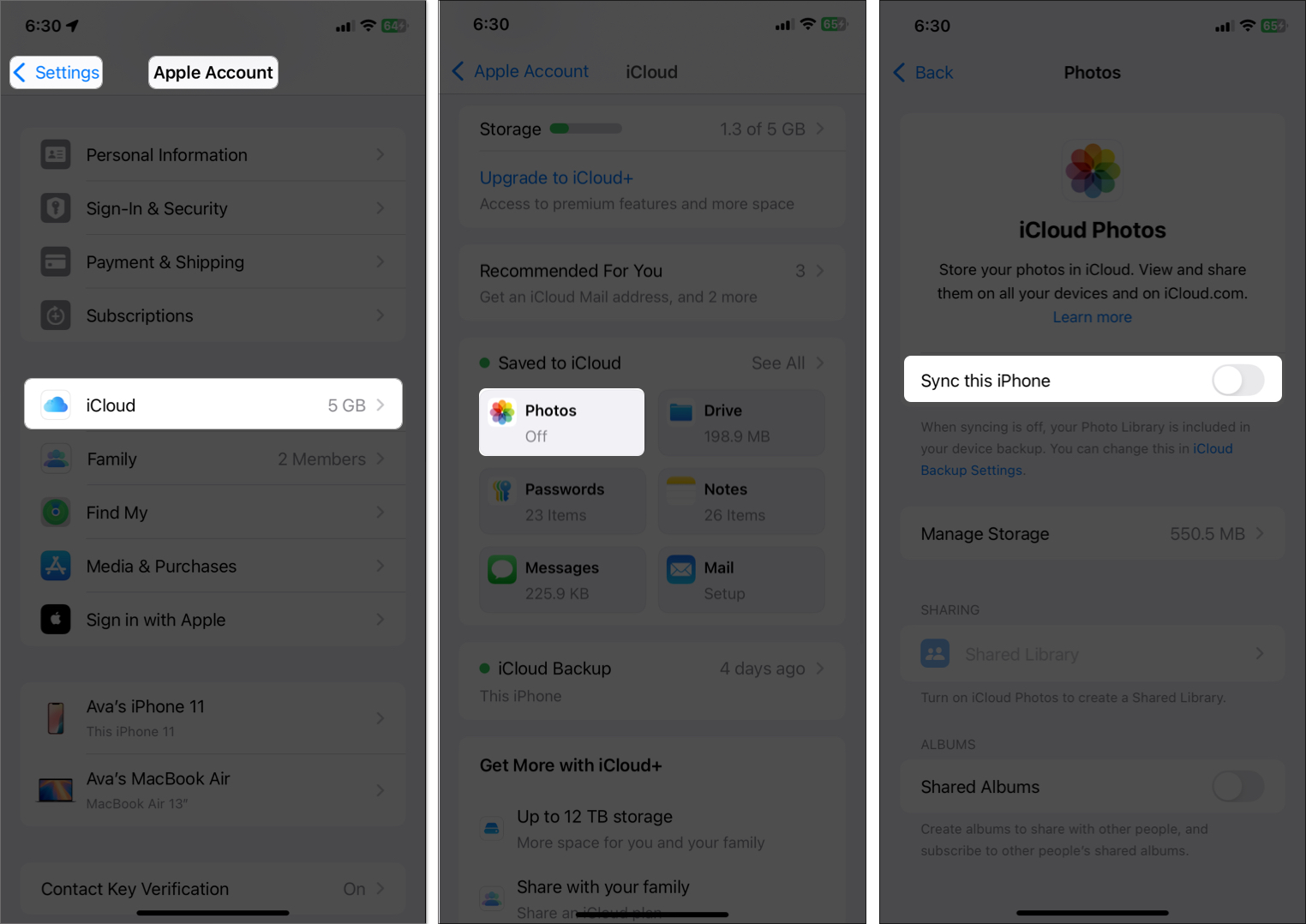
Enabling iCloud Photos on your Mac and iPhone will automatically sync photos and videos between them without using USB. However, once enabled, syncing could take up to 24 hours to complete.
iCloud Photos always saves photos and videos in their full resolution so the free 5GB storage can be insufficient to get all your photos and videos. You may consider upgrading to iCloud+ for more storage.
Other Cloud Services:
Upload your media to Google Photos/Dropbox via their iPhone apps, then download on Mac. This may compress files.
Apps like iMazing or CopyTrans offer advanced options for file format control and backups.
These apps are flexible with formats and destinations. However, you may require a subscription for full features.
Note: You can use these third-party apps to send your photos and videos from your iPhone to your Windows computer.
Windows users can also import their iPhone media easily with the below options, tailored to the PC environment.
The Apple Devices app is Apple’s official tool for Windows.
Your PC must be updated to the latest Windows version for seamless Apple integration.
The Windows Photos app is beginner-friendly and pre-installed.
This method is easy to use but may not detect all media formats, especially HEIC.
File Explorer treats your iPhone like a USB drive.
Perfect for copying all photos and videos manually in bulk.
iCloud for Windows syncs photos to your PC.
It syncs wirelessly but requires iCloud storage.
Moving photos and videos from your iPhone to your computer doesn’t need to be a hassle. Whether you use a USB cable, AirDrop, or iCloud, there’s a method that fits your setup. Just follow the steps above to free up storage, edit on your desktop, or create backups without stress.
Got stuck during transfer? Drop your question in the comments—I’m here to help!
Related articles worth reading: